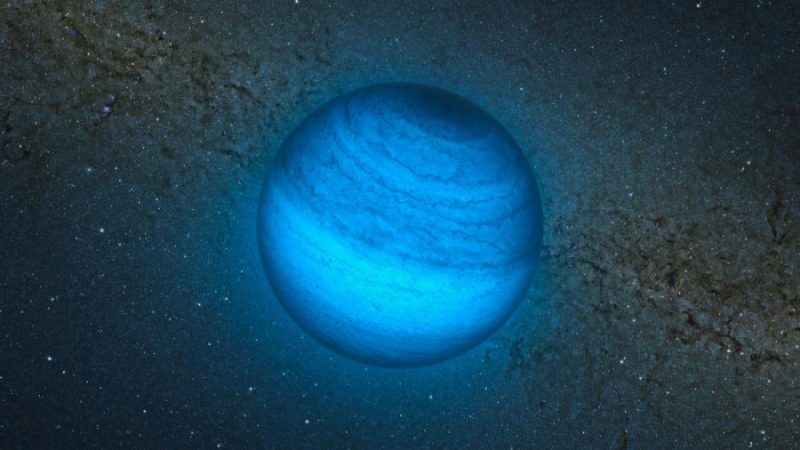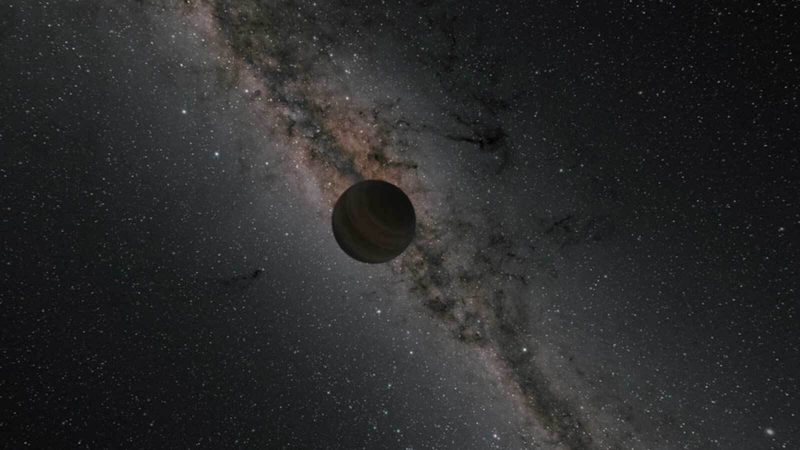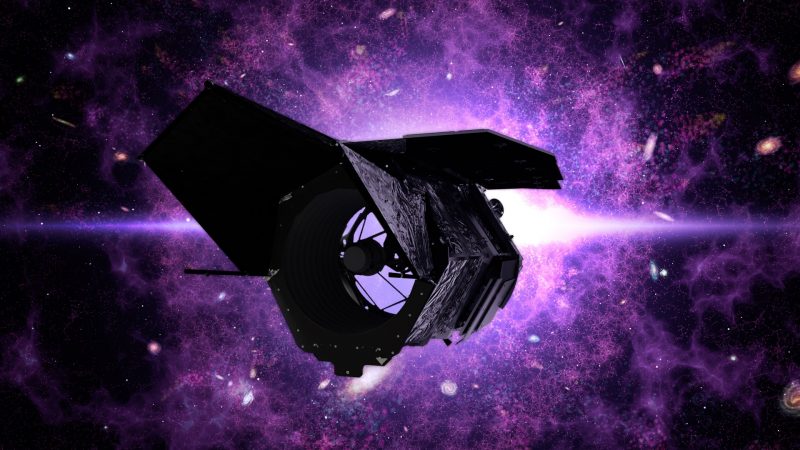
There are some 100 to 400 billion stars in our Milky Way galaxy. Scientists now say there may be as many, or more, exoplanets or planets orbiting those distant stars. That’s incredible to ponder, but now consider this. Researchers at Ohio State University just announced a new study suggesting there may be more free-floating rogue planets – planets not orbiting any star – than stars in the Milky Way. Wow!
The theoretical, but fascinating, peer-reviewed conclusions were published in The Astronomical Journal on August 21, 2020.
What’s more, these scientists say, an upcoming NASA mission, the Nancy Grace Roman Space Telescope, should be able to find hundreds or more of these rogue planets. Astronomer Samson Johnson at Ohio State – lead author of the study – commented:
This gives us a window into these worlds that we would otherwise not have. Imagine our little rocky planet just floating freely in space; that’s what this mission will help us find.
As our view of the universe has expanded, we’ve realized that our solar system may be unusual. Roman will help us learn more about how we fit in the cosmic scheme of things by studying rogue planets.

These rogue worlds are called free-floating planetary-mass objects (FFPs) and have masses similar to planets that orbit stars. Scientists don’t yet know how they came to be cosmic wanderers, untethered to any stars, but it’s possible that they were once part of regular solar systems, and somehow broke free of their stars’ gravity. Roman should be able to provide more clues, and provide a better idea of how many are out there. According to Scott Gaudi at Ohio State, a co-author of the paper:
The universe could be teeming with rogue planets and we wouldn’t even know it. We would never find out without undertaking a thorough, space-based microlensing survey like Roman is going to do.
If scientists can start to build a census of the numbers of FFPs, that itself would help them figure out how they formed. Do they form around stars just like other planets and then get ejected from those planetary systems? Or do they form from gas and dust independently of stars? It’s also thought that the ejection of planets from their home planetary systems might be more common in denser star clusters, since more frequent encounters between stars in dense clusters will make the planetary systems unstable.

Roman will test various theories and models to see which ones come closest to explain these enigmatic worlds.
It is expected that Roman will be 10 times more sensitive in detecting these objects than previous searches. Roman will focus on searching for FFPs between our sun and the center of the galaxy. That search will span about 24,000 light-years in total. Johnson said:
There have been several rogue planets discovered, but to actually get a complete picture, our best bet is something like Roman. This is a totally new frontier.
According to the new paper, it is expected that Roman should find at least 250 FFPs, even ones as small as Mars.

Last year, another study estimated that there could be 50 billion such nomad planets in our galaxy. About a dozen or so confirmed rogue planets have been found so far, and two of those were announced last year, called OGLE-2012-BLG-1323 and OGLE-2017-BLG-0560. The first is estimated to have a mass between Earth and Neptune, while the other has a mass between Jupiter and a brown dwarf star.
Exoplanets orbiting stars can be difficult to detect, and rogue exoplanets even more so. How will Roman find them? It will use a technique called gravitational lensing, which relies on the gravity of stars and planets to bend and magnify the light coming from stars that pass behind them, from the telescope’s viewpoint. This technique can find exoplanets thousands of light-years from Earth, and is based on Albert Einstein’s theory of General Relativity. According to co-author Matthew Penny at Louisiana State University in Baton Rouge:
The microlensing signal from a rogue planet only lasts between a few hours and a couple of days and then is gone forever. This makes them difficult to observe from Earth, even with multiple telescopes. Roman is a game-changer for rogue planet searches.
Of course, another question is whether any rogue planets could support life. Johnson said it is probably unlikely since they have no stars for heat and energy:
They would probably be extremely cold, because they have no star.

Discovering how rogue planets came to be will help astronomers figure out what makes them so unique and also better understand how regular planetary systems form. Johnson said:
If we find a lot of low-mass rogue planets, we’ll know that as stars form planets, they’re probably ejecting a bunch of other stuff out into the galaxy. This helps us get a handle on the formation pathway of planets in general.
Rogue planets are enigmatic objects, essentially planets as we know them but with no stars to call home. And there may be many more of them than ever thought possible.
Bottom line: New research shows that there could be more rogue, free-floating planets than stars in our galaxy. An upcoming NASA mission, the Nancy Grace Roman Space Telescope, should be able to find hundreds or more of them.











